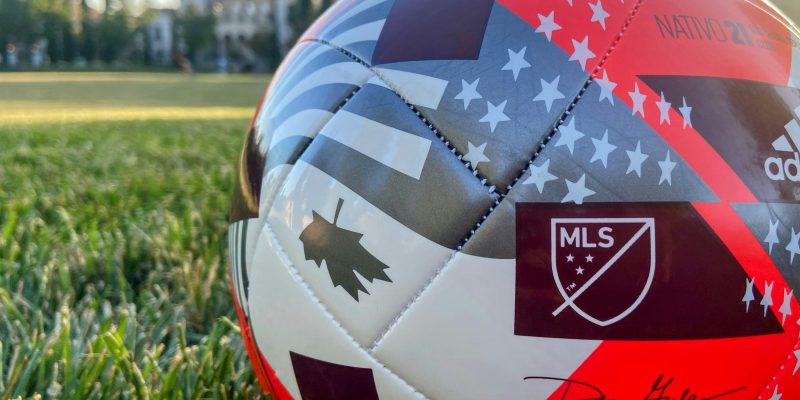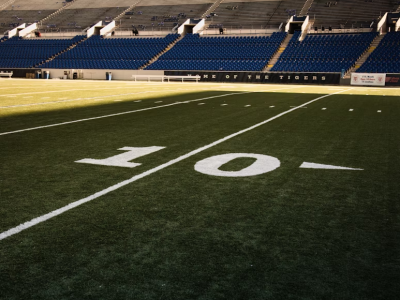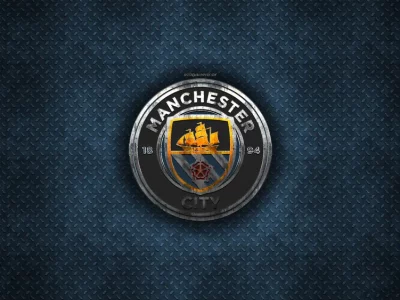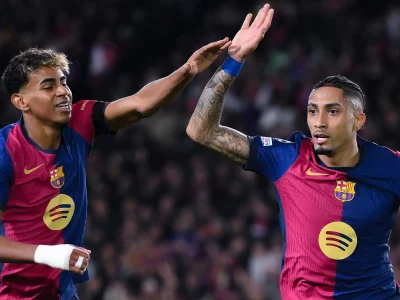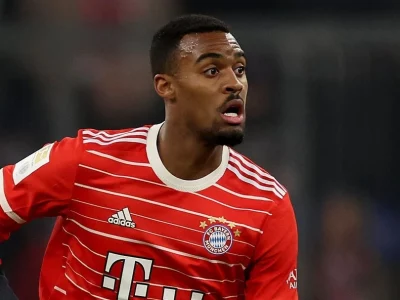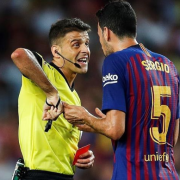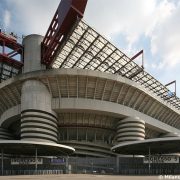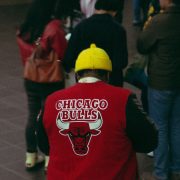Lionel Messi joined Major League Soccer carrying immense global expectations. As the 2025 season progresses, Inter Miami CF finds itself in 7th place, within striking distance of the top but still needing improvement.
Messi remains the central figure, bringing moments of brilliance that have elevated the team’s play. However, the club continues to grapple with inconsistency, delivering performances that alternate between promising and underwhelming.
This season has become a test of whether the team can stabilize and fulfill its early promise. With talent in the ranks and flashes of potential already shown, Inter Miami’s challenge now is to turn momentum into tangible success.
A Team in Flux, Anchored by Stars
Inter Miami’s 2025 form tells two stories. With a 7-5-3 record from 15 matches, the side has both dazzled and disappointed.
On their best nights, they overwhelm teams—as seen in the 4-1 win over New York. Yet these highs are shadowed by collapses like the 4-1 loss to Minnesota and a flat 3-0 defeat at the hands of Orlando. This inconsistency clouds their chances, but it doesn’t define them—something that keeps MLS betting markets on edge week to week.
At the heart of their resurgence is Lionel Messi. With 6 goals and 3 assists in just 11 league appearances, the Argentine legend continues to be decisive. He’s not just producing numbers—he’s crafting moments. A curled free kick, a visionary assist, a midfield recovery that sparks a counter: Messi injects rhythm into Miami’s sometimes-disjointed play. Luis Suárez, his longtime partner, has added a veteran presence, yet it’s Messi who remains the pulse of their ambition.
Strengths and Structural Weaknesses
Offensively, Inter Miami has scored 31 goals in 15 matches, placing them around 6th in the Eastern Conference and 9th overall in MLS. These numbers reflect a team capable of unbalancing defenses. Messi leads in both scoring and creating, while Telasco Segovia and Tadeo Allende have emerged as valuable secondary threats. Segovia’s four goals and ability to move between lines have made him a quiet engine behind Miami’s attacking schemes, as highlighted by FanDuel’s soccer stats and trends.
However, the team’s defensive record continues to be a pressing concern. Their goal difference sits at +5, suggesting their margin for error is thin. Even during their best performances, defensive lapses appear, whether from a misplaced clearance or a slow transition into shape.
Their back line struggles to hold firm against pressing offenses. The home draw against San Jose (3-3) and the 4-3 defeat to Dallas underline a structural issue: Miami concedes too many from second-phase attacks and lacks discipline in the box. If they are to make a serious run, defensive recalibration is non-negotiable.
Highs, Lows, and the Fight for Rhythm
The past two months have painted a mosaic of Miami’s ambitions and limitations. The Concacaf Champions Cup journey highlighted their continental grit. Miami advanced past LAFC and SKC with decisive home legs. However, their run came to a crashing end against Vancouver, losing 5-1 on aggregate. The contrast between that result and their earlier success shows a squad still finding cohesion under pressure.
Domestically, the past three matches saw a fighting spirit return. A thrilling 3-3 draw in Philadelphia was spurred by Messi’s leadership, capped with a goal and assist. The match followed a dismal 3-0 home loss to Orlando, one that raised questions about depth and urgency. Then came the 1-1 draw with Toronto, where chances went begging despite possession control.
This pattern—surging one game, stalling the next—haunts Miami. They have shown they can rally, but sustaining pressure over ninety minutes remains elusive. Their game-by-game rhythm feels reactive rather than orchestrated.
Can They Climb?
Positioned 6th in the MLS table, Inter Miami is firmly in the playoff conversation but far from dominant. With 26 points from 15 games, they trail conference leaders Philadelphia by seven. Their immediate competition—New York City, Charlotte, and Red Bulls—are within reach, each just a few points away. The margins are narrow, which makes consistency the ultimate currency in the second half of the season.
Looking at remaining fixtures and current form, Inter Miami’s pathway to the top involves controlling what they already do well. Scoring hasn’t been a problem; finishing off games has. Clutch moments need to become calculated ones. Possession has to lead to pressure, not just patience.
Much depends on Messi’s availability and Suárez’s physical condition as the season grinds on. But it’s not solely on their shoulders. Inter Miami’s midfield must stabilize transitions, and their back four needs to show shape under pressure. Even the slightest improvement in goals conceded could dramatically tilt their prospects upward.
Messi’s Legacy at Stake?
For Messi, this campaign is more than another chapter. It’s about legacy on a different continent, in a different context. He’s already proven his greatness; now he’s aiming to redefine it in MLS. The passion is still visible—his involvement, reactions, and influence go beyond stats. When Miami needed spirit, he delivered.
Yet glory in MLS won’t come on talent alone. It will require resilience. If Messi can rally his team through late-season surges and inspire a more stable spine on the pitch, Inter Miami could become far more than just a spectacle. They could become champions.
Their path is complex, their margins slim, but the potential is real. The rest of the league watches Miami closely—not only for entertainment but as a measuring stick. If Messi leads this club to its first title, it won’t just be another feather in his cap. It’ll be a defining moment for MLS itself.
And with the season nearing its turning point, every fixture becomes a referendum on whether Messi and Miami can go from promise to triumph.


